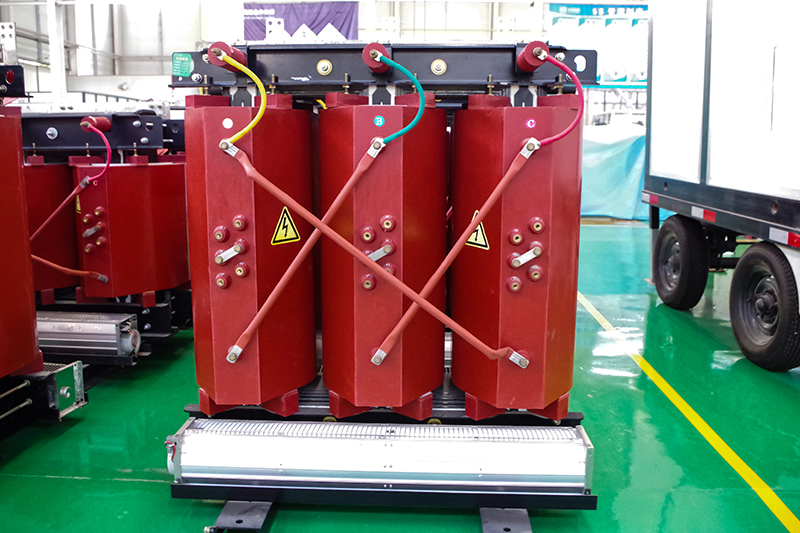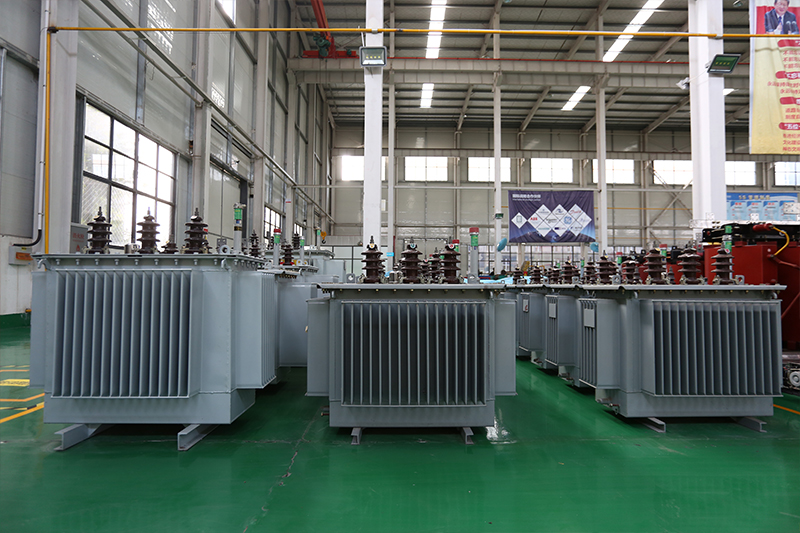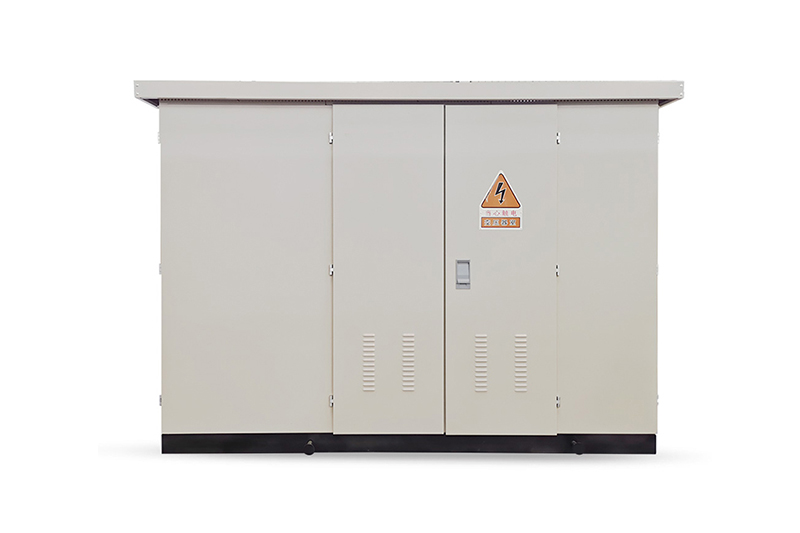Oil-Filled Transformers vs. Dry-Type Transformers: Which is Right for Your Project?
Time:2025-08-21 Auther:ZTelec-www.ztelectransformer.com
Transformers are vital components in modern power systems, and the two most widely used types are oil-filled transformers and dry-type transformers. Due to differences in insulation media and cooling methods, these two transformer types have distinct performance characteristics and application scenarios. Choosing the right transformer depends on technical requirements, safety standards, cost considerations, and the specific environment of your project. This article provides a detailed comparison of oil-filled vs. dry-type transformers to guide your decision-making.
1. Key Differences Between Oil-Filled and Dry-Type Transformers
1.1 Oil-Filled Transformers
Insulation Medium: Oil-filled transformers use mineral oil (such as 25# transformer oil) or synthetic ester oil as insulation and cooling medium. They offer excellent dielectric strength, typically 40–60 kV/mm.
Cooling Method: Cooling is achieved through oil circulation, natural convection, or forced oil pumping. This ensures high heat dissipation efficiency, allowing large-capacity operation. For instance, a 220 kV oil-immersed transformer can reach capacities exceeding 500 MVA.
Limitations: Since the oil is flammable, oil-filled transformers require oil tanks, fire protection systems, and regular monitoring. Oil leakage risks also pose environmental concerns.
1.2 Dry-Type Transformers
Insulation: Dry-type transformers use air, epoxy resin (e.g., SCB series), or Nomex paper (e.g., SG series) for insulation. Their oil-free design eliminates flammability, achieving an F1 fire rating (UL certified).
Cooling: Cooling relies on natural convection or fan-assisted forced cooling. However, the dissipation capacity is limited, and 35 kV products typically have a maximum capacity of around 20 MVA.
Advantages: With no risk of oil leakage or fire, dry-type transformers are ideal for enclosed indoor environments such as basements, hospitals, and subways.
2. Performance Parameters and Application Scenarios
2.1 Efficiency and Losses
Oil-filled transformers generally have lower losses. For example, a 1000 kVA oil-filled transformer has no-load losses around 1.5 kW, while a dry-type transformer of the same rating has about 1.7 kW. In terms of overload capacity, oil-filled transformers allow short-term overloads of up to 30% (for 2 hours), while dry-type units only tolerate 10–20% short-term overload.
2.2 Service Life and Maintenance
Oil-filled transformers typically have a service life of 30 years, requiring periodic oil quality testing to maintain moisture content ≤15ppm. Dry-type transformers have a shorter lifespan of about 20 years. While they require no oil changes, the resin insulation eventually deteriorates and must be replaced.
2.3 Cost Differences
For the same capacity, dry-type transformers are 20%–30% more expensive than oil-filled ones. For instance, a 1000 kVA oil-filled transformer may cost around 150,000 RMB, whereas a dry-type unit of the same rating costs approximately 200,000 RMB. However, dry-type transformers save on fire protection and oil management systems.
3. Transformer Selection Guide
3.1 When to Choose Oil-Filled Transformers
Oil-filled transformers are more suitable for:
High-capacity outdoor installations, such as substations, power plants, and grid hubs.
Projects with limited budgets where outdoor installation is feasible.
Applications requiring high overload capacity or large load fluctuations.
Environments with lower noise sensitivity.
Typical Applications: Thermal and hydroelectric power plants, wind farms, hub substations, remote mining operations, offshore drilling rigs (with ester oil), and rural grid upgrades.
3.2 When to Choose Dry-Type Transformers
Dry-type transformers are recommended for:
Public spaces where safety and fire protection are priorities.
Indoor power distribution needs in high-rise buildings, commercial complexes, and data centers.
Hospitals, schools, airports, museums, and other fire-sensitive environments.
Chemical plants, water treatment facilities, and other environmentally sensitive areas.
Projects with limited maintenance resources, requiring low-intervention operation.
Typical Applications: Office buildings, hospital operating floors, subway traction substations, data center computer rooms, shopping malls, theaters, chemical plants, and marine power distribution systems.
Both oil-filled and dry-type transformers play critical roles in modern power systems, each with unique advantages. Oil-filled transformers excel in large-capacity outdoor applications, offering higher efficiency and lower costs, while dry-type transformers ensure maximum safety in indoor, public, and environmentally sensitive areas. By comparing efficiency, cost, service life, and application needs, project managers and engineers can select the transformer type that best aligns with technical and operational requirements.






